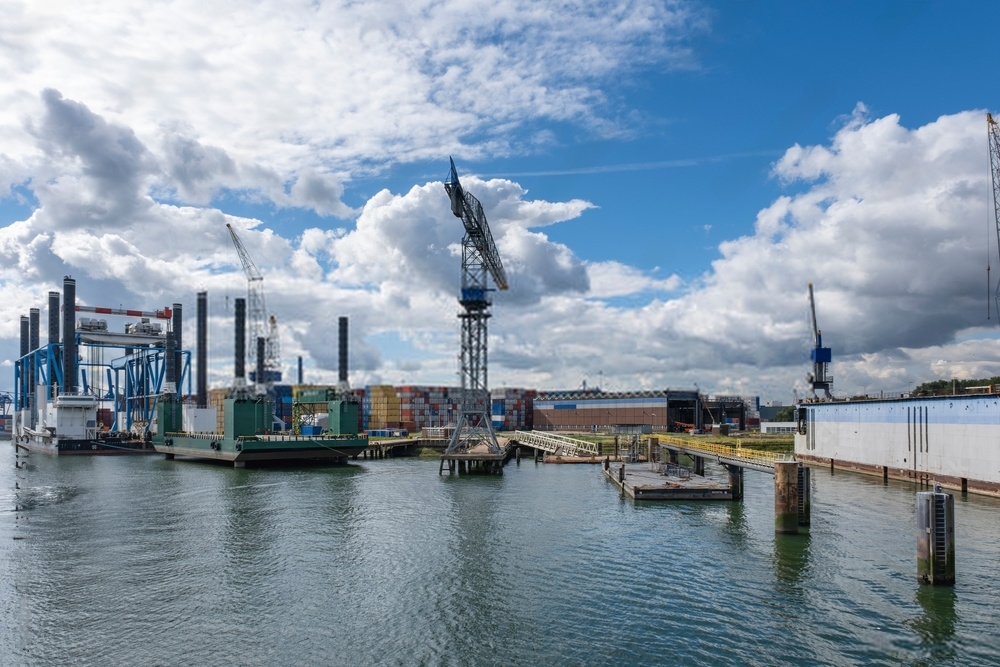Multimodal transportation refers to the movement of goods or people using multiple modes of transportation, such as combining road, rail, air, water or pipeline systems. It involves the seamless integration of different transportation modes to optimize efficiency, cost-effectiveness and sustainability in the overall transportation process.

Here are some important factors and benefits of multimodal Logistics:
1. Integration of Transportation Modes: Multimodal transportation combines various modes of transport, such as trucks, trains, ships, and planes, to leverage their respective strengths. By utilizing different modes, it allows for efficient movement of goods and passengers, especially for long-distance or international journeys.
2. Increased Efficiency: Multimodal transport aims to maximize efficiency by selecting the most appropriate mode of transport for each leg of the journey. For example, utilizing trucks for local pickup and delivery, trains for long-haul transportation, and ships for overseas shipping. This optimization helps reduce transit times, minimize congestion, and lower costs. 3. Improved Reliability: Multimodal logistics offers increased reliability by mitigating risks associated with a single mode of transport. If one mode encounters disruptions such as bad weather, strikes, or infrastructure issues, goods or passengers can be seamlessly shifted to an alternative mode to maintain the flow of transportation.4. Cost Savings: By selecting the most cost-effective mode of transportation for each leg of the journey, multimodal transport can help reduce overall transportation costs. For example, using trains for long distances is often more economical than relying solely on trucks for the entire journey.
5. Environmental Sustainability: It promotes sustainability by optimizing the use of different transportation modes. By shifting some transportation from road to rail or water, it can reduce greenhouse gas emissions, energy consumption, and overall environmental impact. 6. Global Trade Facilitation: It plays a crucial role in facilitating international trade by connecting different regions and countries efficiently. It enables the movement of goods across various transportation networks, including ports, airports, rail terminals, and distribution centers, streamlining the supply chain.7. Flexibility and Scalability: Multimodal transportation provides flexibility and scalability in response to changing market demands. It allows for adjustments in transportation routes, modes, and capacities based on factors like volume fluctuations, seasonal variations, or changing customer preferences.
Overall, multimodal transportation offers a comprehensive and efficient solution for the movement of goods and people, leveraging the strengths of various transportation modes to optimize efficiency, reliability, and sustainability in the global transportation system.
Here are some common examples of multimodal transport and the modes of transport involved:
1. Road-Rail: Goods are transported by trucks to a rail terminal, where they are loaded onto trains for long-distance transportation. At the destination, the goods are unloaded from the train, kept in warehouse and transported to the final location by trucks again.

2. Road-Sea: Goods are transported by trucks to a seaport, where they are loaded onto ships for overseas transportation. Upon arrival at the destination port, the goods are unloaded from the ship and transported to the final destination by trucks.
3. Road-Air: Goods are transported by trucks to an airport, where they are loaded onto airplanes for air transportation. At the destination airport, the goods are unloaded from the plane and transported to the final location by trucks.
4. Rail-Road-Sea: Goods are transported by trains to an inland container depot (ICD), where they are loaded onto shipping containers. The containers are then transported by trucks to a seaport for loading onto ships. At the destination port, the containers are unloaded from the ship and transported to the final destination by trucks or trains.
5. Rail-Road-Air: Goods are transported by trains to an airport, where they are loaded onto airplanes for air transportation. At the destination airport, the goods are unloaded from the plane and transported to the final location by trains.
Multimodal transport offers several advantages including cost savings, reduced transit times, improved efficiency, and enhanced security. It allows for the optimization of different modes of transport based on their strengths, leading to a more seamless and integrated supply chain.

